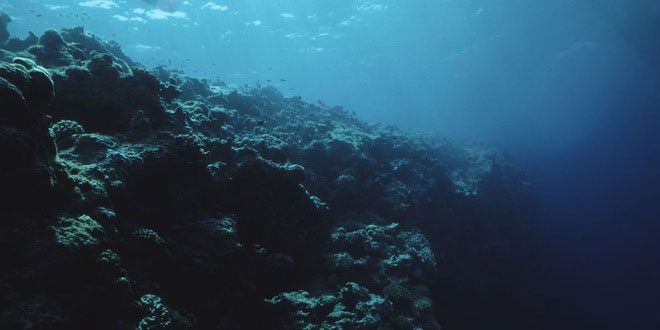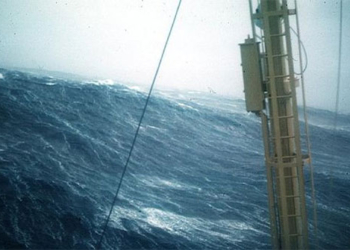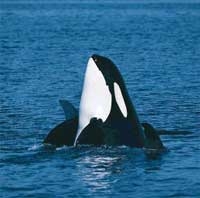The oceans are teeming with life, home to countless creatures beneath the waves. However, not every part of the deep blue sea is suitable for life.
Scientists are increasingly concerned about “dead zones.” These are areas of the ocean that are depleted of oxygen, to the extent that marine animals cannot survive.
In recent decades, dead zones have expanded and are no longer confined to the oceans; similar phenomena are now occurring in lakes as well.
However, this is not a new issue in the oceans. In a recent study, researchers discovered that dead zones are actually a recurring feature of the Pacific Ocean, existing for longer than anyone had previously realized—at least around 1.2 million years.

By analyzing cores of ancient sediments drilled from the Bering Sea floor in the North Pacific, scientists identified 27 distinct instances of dead zones, officially known as oxygen minimum zones (OMZ), over the past 1.2 million years, indicating relatively frequent episodes of oxygen depletion in the Pacific throughout the Pleistocene epoch.
Previously, it was known that the end of the last Ice Age (around 12,000 years ago) coincided with widespread oxygen depletion in the North Pacific, as major warming events caused ice sheets to melt and released large amounts of freshwater into the ocean.
However, dead zones existed long before that; sediment cores reveal that they often do not require such dramatic environmental changes to occur.
Oceanographer Ana Christina Ravelo from the University of California, Santa Cruz (UC Santa Cruz, USA) stated: “This does not require a major disturbance like melting ice sheets. These sudden oxygen-depletion events are actually quite common in the geological record and are often not related to deglaciation processes. They almost always occur during warm periods between ice ages, much like the period we are in now.”
Among the 27 OMZ signals identified through the layered sediment cores, they reflect undisturbed sediment layers deposited when no living organisms were present. Some dead zone periods lasted less than a thousand years, while in other regions, oxygen-depleted conditions persisted for nearly 40 millennia.
Although OMZs occurred at inconsistent times and did not show any type of process beyond randomness, they remain a frequent occurrence in the Pleistocene, suggesting that, in the ocean, dead zones are part of life.
“We do not know how extensive they were outside the North Pacific, but we know they were quite severe. There needs to be a system prepared for such events to occur,” Ravelo added.
OMZs are often thought to be caused by harmful algal blooms, formed from microscopic organisms that eventually decompose and sink to the ocean floor. As they sink, bacterial decomposition of the biomass consumes oxygen in the water.

In today’s dead zones, environmental pollution plays a significant role, with runoff from human activities, particularly agricultural fertilizers, being a nutrient source that attracts abundant marine algae.
Warmer waters make dead zones more likely, as do ocean circulation conditions, but other factors are also involved.
The lead author of the study, data scientist Karla Knudson, a former student at UC Santa Cruz, stated: “Our research shows that high sea levels, occurring during warm climate periods between ice ages, contribute to these oxygen depletion phenomena. When sea levels rise, dissolved iron from submerged continental shelves can be transported offshore and promote robust phytoplankton growth in surface waters.”
Although the findings suggest that dead zones are not necessarily related to the pollution-ridden, human-induced warming of today, it cannot be denied that pollution, warmer waters, and higher sea levels are major driving forces behind the transformation of waters that can suffocate marine animals for thousands of years at a time.
How widespread dead zones may become in the future is an urgent question, one that can potentially be answered by drilling deep sediment cores from other ocean locations to try and quantify the geographic extent of previously identified OMZ occurrences.
Some scientists predict that oxygen concentrations will continue to decline in the global oceans over the next thousand years or more. This is a frightening and serious prospect, and we cannot look the other way.





















































